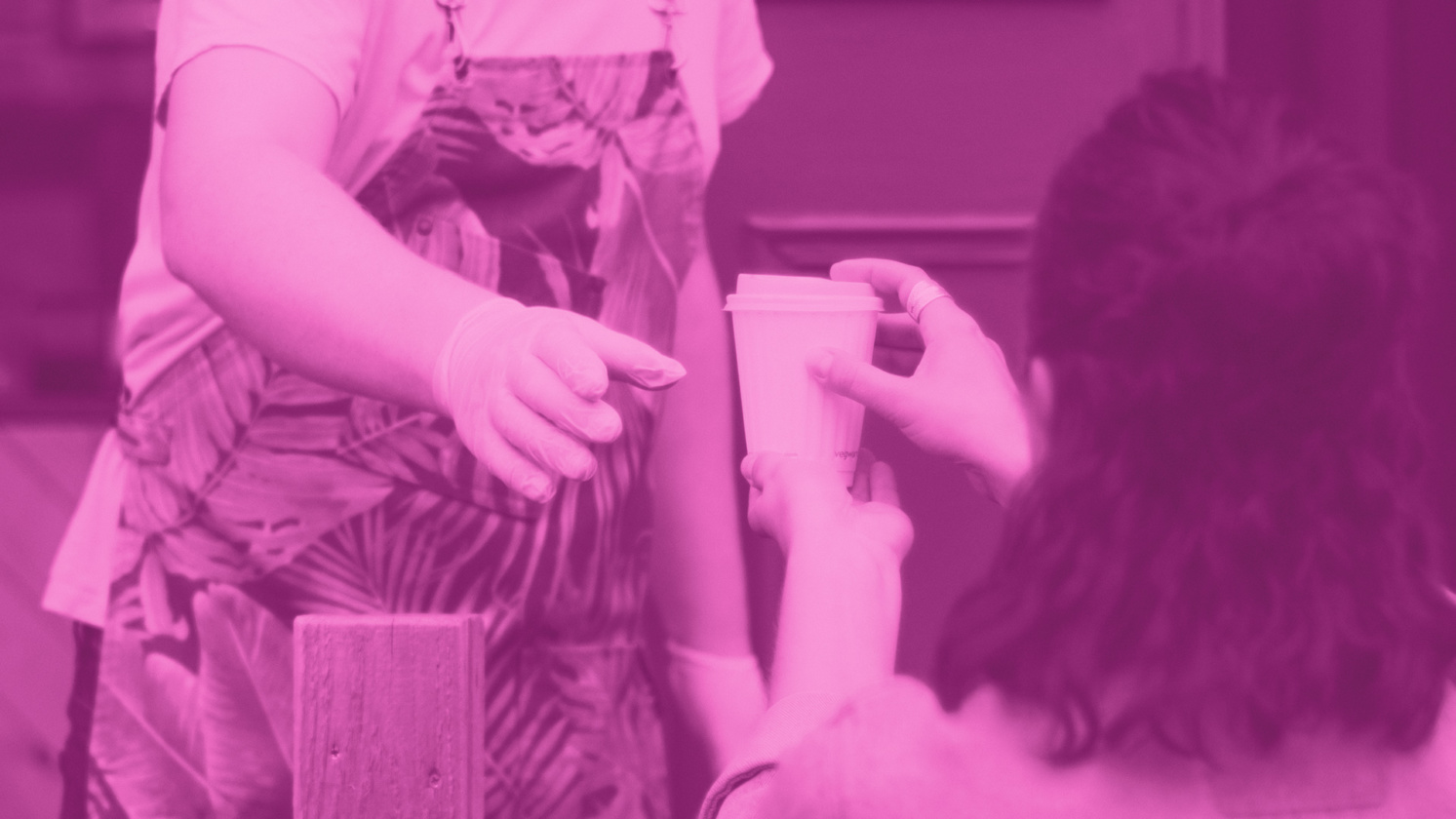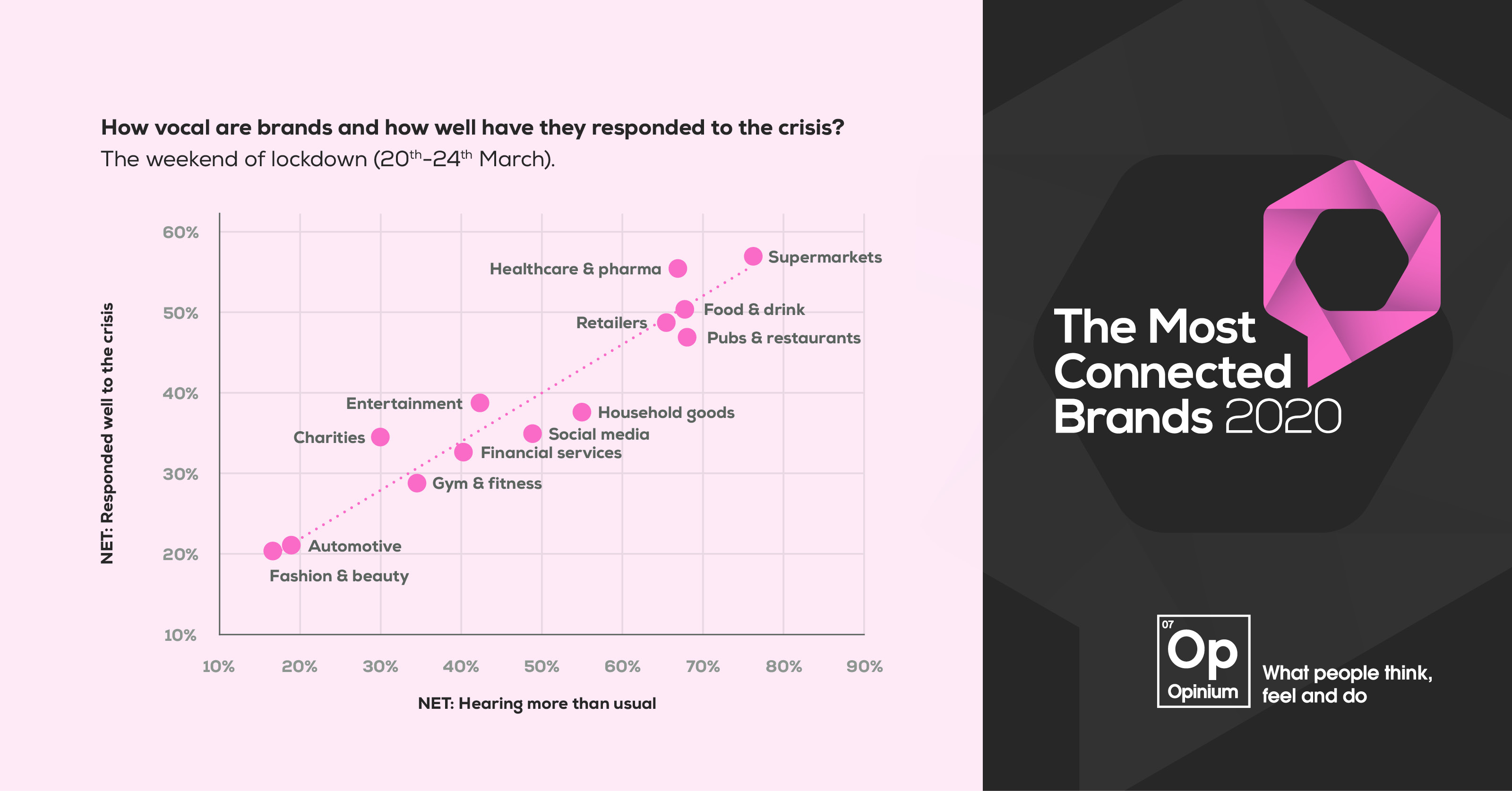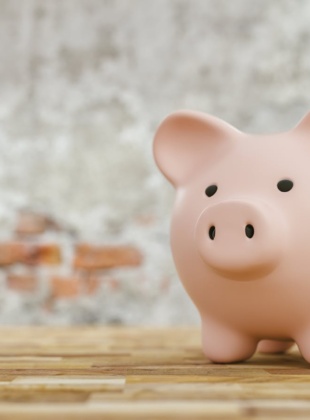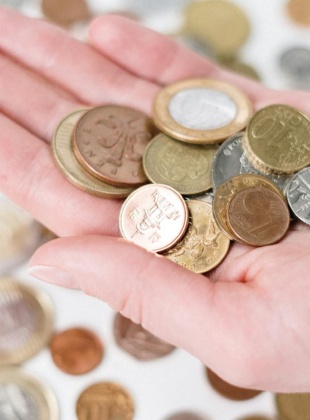Brand marketing in a crisis: lessons from the pandemic

No brand evaluation would be complete without taking into account the impact of Coronavirus.
The pandemic that swept the world and sent people panic buying toilet paper also sent brands panicking to self-isolate in their boardrooms or choosing to grasp the nettle. Although difficult to predict in this case, past studies of the 2008 financial crisis have shown a clear benefit for the nettle-grabbers rather than those who remain silent. Yet we saw 81% of large advertisers deferring ads, including John Lewis, Coke-Cola, Airbnb, Unilever, Diageo, the list goes on almost indefinitely.
The question for all brands became what to possibly say at a time when public health concerns reigned supreme and restrictions and limitations to daily life were fluid. It might have appeared that you’re damned if you do or damned if you don’t: engage with the crisis and you risk being seen as disingenuous or continue with commercial activity and be designated tactless.
However, when you actually asked the people who make these judgements, we found that brands have a lot more space to play in than the popular tightrope analogy gives them credit for.
In fact, a very large majority of people in the UK wanted like to hear either the same amount, or even more, from brands across categories ranging from healthcare to fashion and beauty to entertainment. What’s more, those that were more vocal were perceived to be handling the crisis better than those who went dark.

The brands with the best communications at the time were those who played into their proximity to the crisis, not just their
brand purpose.
Useful, truthful and genuine were the three most important pillars of successful crisis communication, however a staggering half of consumers thought that brands were ‘jumping on the bandwagon’ with their messaging. Factor in that the majority of comms was top-down and didn’t empower consumers to help (which was an over-riding desire, think Clap for Carers and the money raised by Captain Tom), and it highlights a very clear opportunity missed for many brands.
Nevertheless, consumers changed quickly under lockdown conditions, as yearning for our old way of life peaked and then declined, things other than Coronavirus began to rise in importance again and our fatigue of zoom calls became enough to stop the endless pub quizzes.
And just as quickly as attitudes and behaviours changed, so too did expectations of brands. Whilst the desire to hear from brands as much as pre-pandemic remained high, by the fourth week of lockdown, we saw both content and tone preference shift way from crisis comms, and back towards normality. By the eighth week of lockdown, across all sectors, consumers wanted the main focus of advertising to not be about Coronavirus. Reference, sure, but brands had entered a ‘goldilocks zone’ where expectations from them were much the same as pre-pandemic.
Why goldilocks?
Because if Coronavirus is a rock, the coming economic downturn is the hard place. Deliberation over purchasing has already increased and we’ve seen people turn towards utilitarian purchasing to get their essentials and less frequently indulge in more hedonistic shopping splurges.
We’ve also not seen a settling of post-lockdown attitudes and predicted behaviours. Consumers are still very much in flux, which is why predicting what they will do in the future is currently still so complex.
Disrupted, malleable and increasingly price conscious consumers make for a potentially unsettling future for brands, but what’s certain is that building connection now is key. The results of our index will provide a window to which brands have successfully ridden through the storm, and which are best placed to face the post-Coronavirus world.
Download the full report at www.mostconnectedbrands.com





